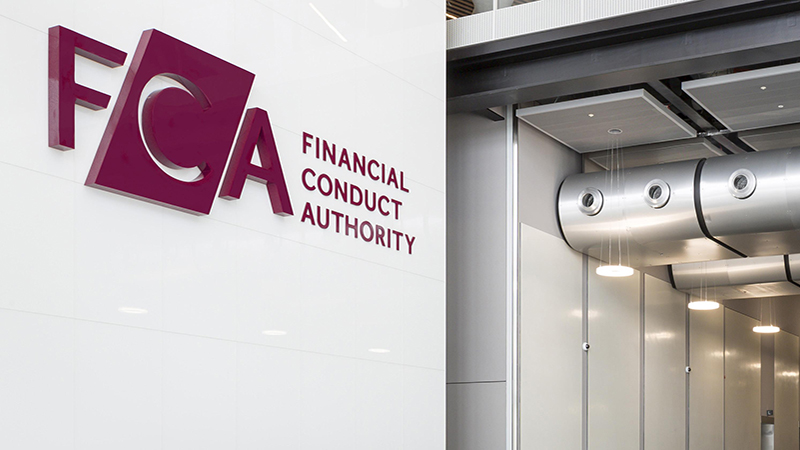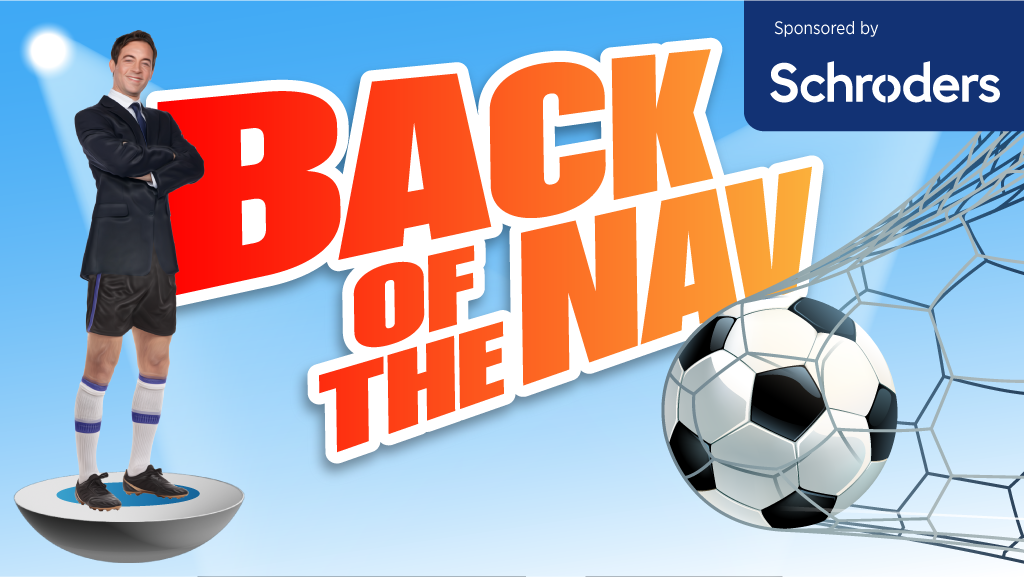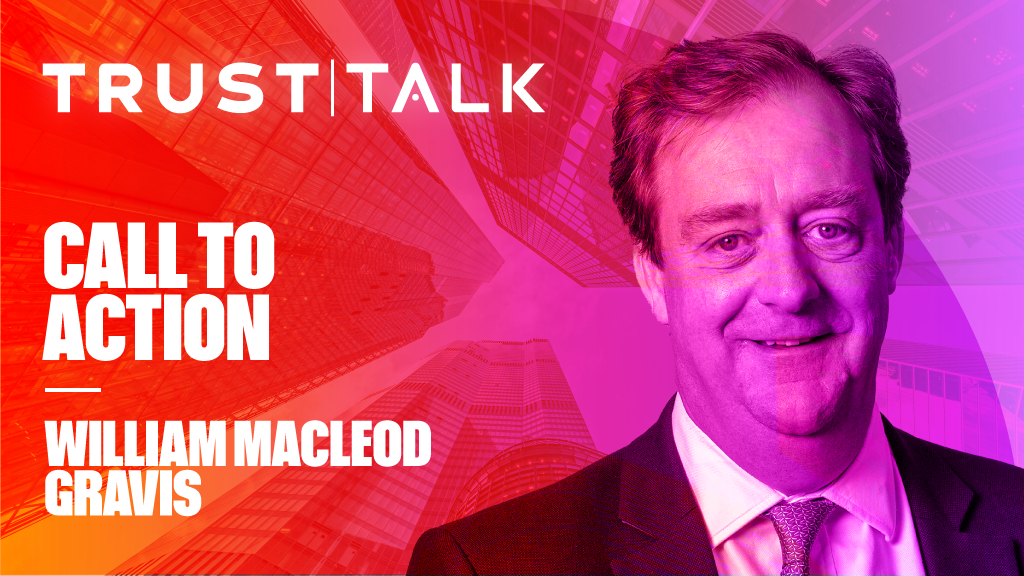The war in Ukraine has put wider Europe under strain over the past few years as countries severed ties with Russia – one of its largest trading partners, whom the continent imported 45% of its oil from before the invasion.
Many of these headwinds that impeded Europe in recent years could soon be alleviated if the potential ceasefire being negotiated by world leaders comes to fruition.
However, Martin Currie’s chief investment officer Michael Browne said the subsequent costs on Ukraine’s neighbours could prove to be yet another headwind for the region.
“Do we have a peace dividend, or do we have ceasefire cost? That’s the way we should look at it,” he said.
“Are we going to see that Trump administration drive where we get the Russian oil market moving, get energy prices down again, and get some sort of deal going in terms of mining rare minerals?
“But on the other side of the coin, we need to contribute very significantly because we haven’t been contributing enough to keeping the peace, and this ceasefire will have a cost.
“I think the true way of testing this will be the reaction of the seven and a half million Ukrainians currently in Germany, Poland, the UK, France, and Italy. When they see that deal come through – and there will be a deal – do they think it’s time to go home?
“If they don’t, then you know this is a highly unstable situation that is a ceasefire cost rather than a peace dividend.”
Markets have reacted positivity to the prospect of a potential ceasefire, with the MSCI Europe index climbing 11.4% since the start of the year, but Browne highlighted the outcome of the inevitable deal is still highly uncertain.
“We’ve had a rally in Europe on the back of the peace dividend,” Browne added. “Defence stocks have rallied really hard on, if you like, the opportunity set here, well in advance of any money being spent.
“The nature of war has undeniably completely changed. This particular conflict has rewritten what an infantry war looks like, and that means the costs of it are very different today than they were four years ago. So what you have to spend to defend yourself may not be the same today as it was in 2020.”
Defence spending
Defence companies have been the main beneficiaries of this rally in Europe as more nations pledge to increase their defence spending.
This is likely to result in much more money heading into the sector for years to come, but Ben Russon, co-head of UK equities at Martin Currie, warned that investors should not rush ahead and draw conclusions at the speed they have been.
“[BAE] used to be a very steady Eddie, low growth stock before the invasion, and now it’s a much more highly rated company as it’s upgraded its revenue guidance,” he said.
“It’s had this real growth spurt, so you have got to be mindful of what you’re paying for – trees don’t grow into the sky forever. Don’t get too carried away with this, but it’s obviously still going to be a real area of growth and spending across Europe for some years yet.”
Nevertheless, the heightened spending from European nations may not be the booster to defence stocks that markets are forecasting. While Europe is upping its defence spending, the US is simultaneously becoming more frugal in president Trump and Elon Musk’s cost-cutting drive.
Russon said: “Defence names have performed very strongly since the initial invasion three years ago, so it’s something we are very mindful of.
“But half of global defence spending is from the Americans, which dominate this sphere. The US is so important to global defence spending overall.
“So on one side of the ledger you have Elon Musk and Doge with that cost cutting initiative, and on the other you have Europeans upping their defence spending. You now have these two competing forces.”
Are European equities back on the menu?
Recent debates around a ceasefire in Ukraine is further confirmation of a changing world order, according to Annabel Rudebeck, head of investments at Western Asset Management.
Many global investors have accumulated a high concentration to the US in their portfolios over the years, so the recent rally may mark the beginning of markets looking to Europe as an attractive diversifier.
Rudebeck added: “It’s quite exciting that the defence element, although it comes from a sad place, is forcing rapid decision making collectively in one area and we may see that spread further.
“The big brain drain has been from the rest of the world, including Europe, into the US. It’s perfectly possible that we see some reversion of that.
“As people get more concerned about the uncertain elements of the US, perhaps that brings a bit of collective energy back to Europe.
“I don’t think we should be complacent about this. I feel like we’ve got habituated to running deficits to GDP at very elevated levels and that is reliant on buyers being there.
“It is something that does concern us. When that might become an issue is obviously the big question. It’s going to be very hard to predict that, but it’s probably not in the near-term.”
Despite the question marks around the impact of a ceasefire, one thing is certain, according to Raymond Backreedy, chief investment officer of Sparrows Capital – Europe is about the spend a lot more money on defence. Whether that ultimately proves to make the region less turbulent is another story.
Backreedy said: “There is a growing realisation from European leaders that they will have to up defence spending, ceasefire or not, in the future given the US soundings around America’s first policies.
“There are worrying parallels now with the pre-world war one era, where countries saw nationalism and expansion as a priority for security and economic well being and this drove an arms race.
“Ceasefire or not, a threshold has been crossed [by Russia] and 60 years of peace in Europe has been shattered, and long standing alliances are in doubt, Europe will be assessing how they address and strengthen these shortcomings in the years ahead.”











